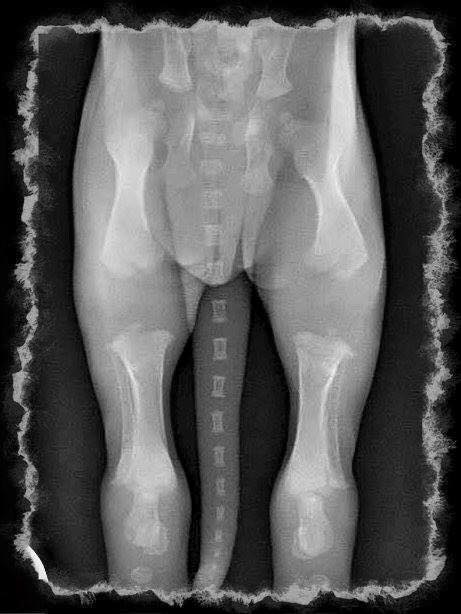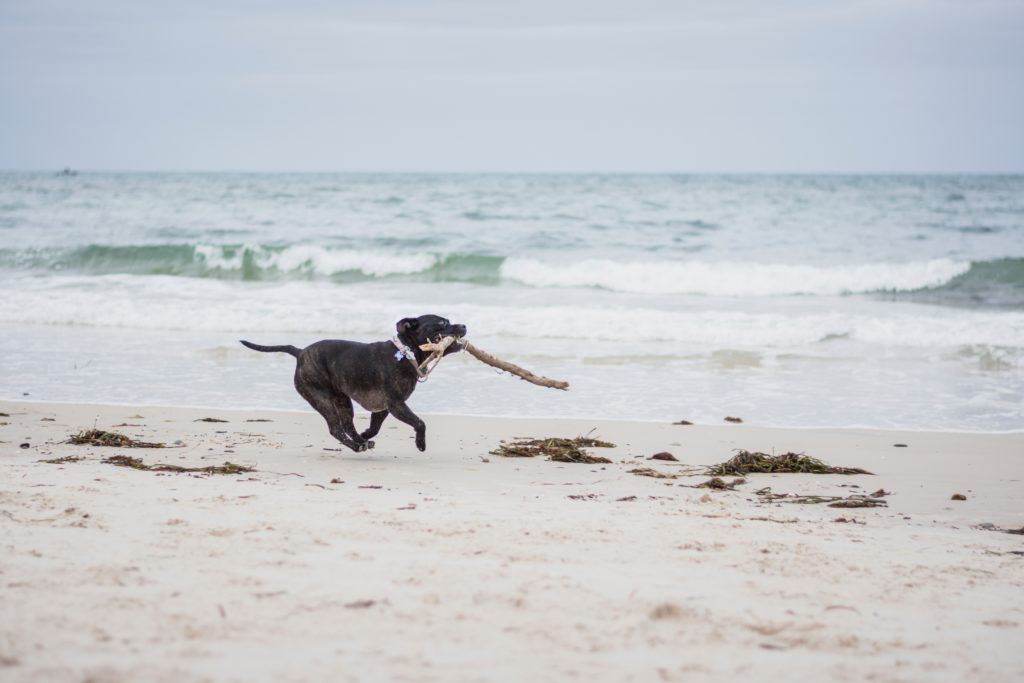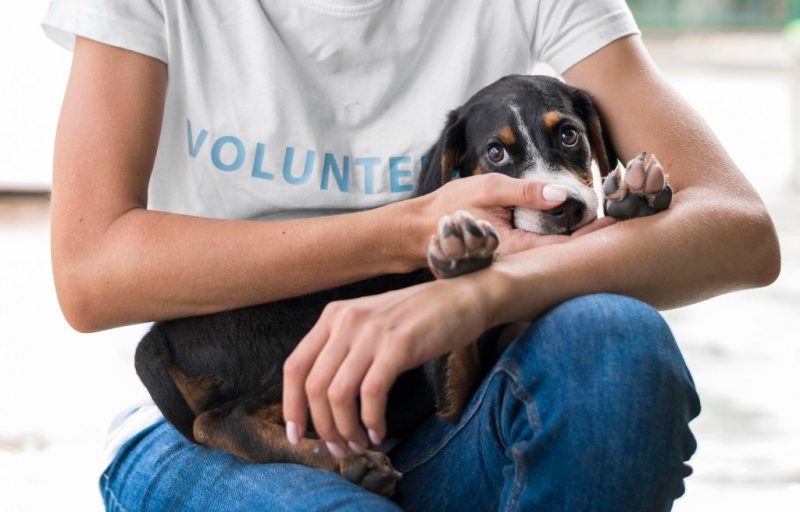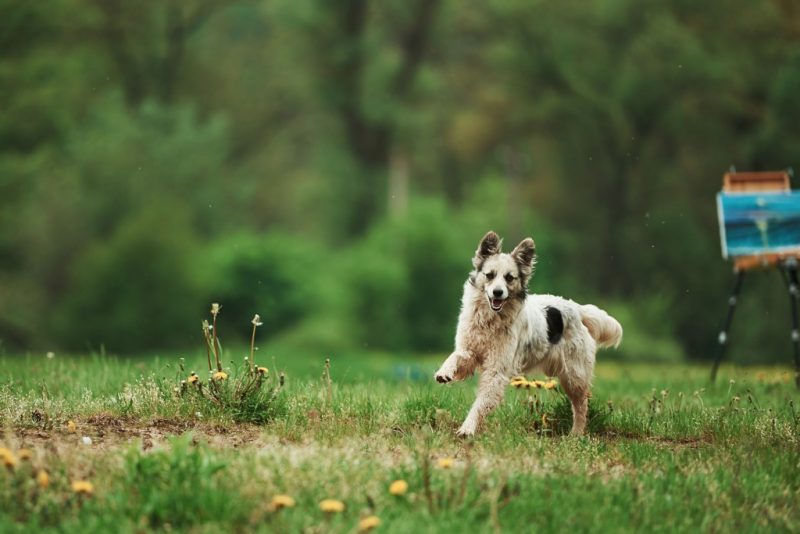Growing up with dogs, one of the first things we did when we got a puppy was run around the house with it. It seemed like the logical thing to do (at least to a kid), puppies are made for playing with, right?
As it turns out, their reputation as bundles of energy might be a bit misleading. In fact, too much puppy exercise could lead to a lifetime of structural health issues. They are, after all, babies. Their muscles and bodies are underdeveloped for most activity. You wouldn’t ask a toddler to join your netball team right?
The Problem with Too Much Puppy Exercise
Most of us probably don’t need to worry about doing too much exercise. But for puppies it’s a real concern. Over-working very young dogs can impact their bone and muscle development. That’s especially true for large and giant breed puppies such as great Danes and mastiffs. With so much growing to do, it can take up to a year for them to really exit the delicate puppy stage. That’s also why some dog foods aren’t suitable for large breed puppies until they’ve stopped growing in height: that ambitious growth requires specific nutrients.

What about Jumping?
It’s all well and good to tell a puppy to relax, but good luck making them actually do it. While you can’t do much to stop their natural playfulness (and why would you want to?) you can avoid encouraging them to leap into the air. Stay away from games like Frisbee or high ball throwing until they’re older. You want to minimise the chance they’ll land awkwardly and hurt themselves.
Even incidental puppy exercise (such as walking around the house) can be too much. A study in Norway actually found that dogs that had to regularly deal with steps from a young age were more likely to suffer from hip dysplasia. Obviously you can’t renovate your home to suit your dog, try keep them on the ground if you can help it.
How Much Should You Exercise a Puppy Then?
The old rule with puppy exercise is they should only walk for five minutes for every month of his age. So a four-month-old puppy should get a 20-minute walk. While an eight-month-old puppy can have up to 40 minutes of exercise
This is by no means a perfect system, but it’s a simple guide to give you a general idea of what to expect.

Basically you’re just making sure your puppy doesn’t become overly exhausted. If they have a backyard to run around in at home of their own accord, they probably won’t even need a longer walk for the first six months of their lives.
Hopefully we haven’t scared you off walking your dog! It’s still vital to let them explore new environments and enjoy some healthy socialising – just don’t overdo. A puppy’s natural inclination is to jump around like a maniac, you might just need to step in and play the responsible-parent role.
Catch up on other puppy health essentials here!
For more on puppies, read:
Should we get a dog? What you need to know
Should You Get a Rescue Dog? How to Decide
What You Need to Know about Bringing a Dog Home for the First Time
Don’t forget to follow us on Facebook, Twitter, and Instagram.








